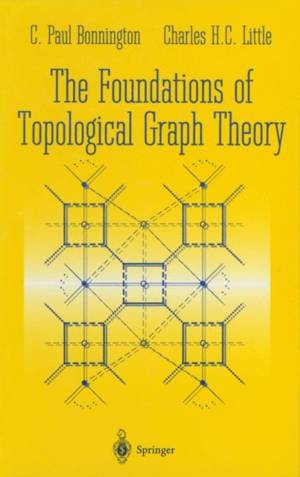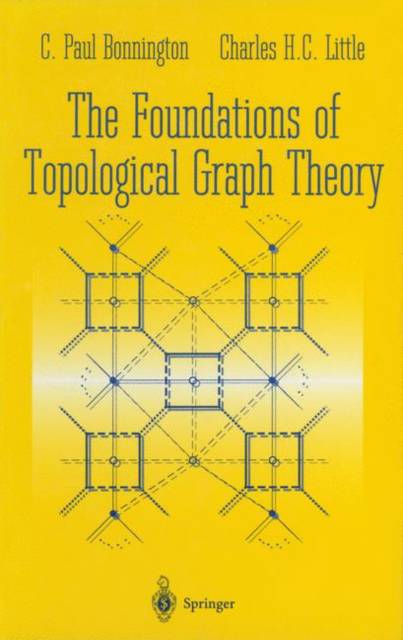
- Afhalen na 1 uur in een winkel met voorraad
- Gratis thuislevering in België vanaf € 30
- Ruim aanbod met 7 miljoen producten
- Afhalen na 1 uur in een winkel met voorraad
- Gratis thuislevering in België vanaf € 30
- Ruim aanbod met 7 miljoen producten
Zoeken
The Foundations of Topological Graph Theory
C Paul Bonnington, Charles H C Little
Paperback | Engels
€ 111,95
+ 223 punten
Omschrijving
This is not a traditional work on topological graph theory. No current graph or voltage graph adorns its pages. Its readers will not compute the genus (orientable or non-orientable) of a single non-planar graph. Their muscles will not flex under the strain of lifting walks from base graphs to derived graphs. What is it, then? It is an attempt to place topological graph theory on a purely combinatorial yet rigorous footing. The vehicle chosen for this purpose is the con- cept of a 3-graph, which is a combinatorial generalisation of an imbedding. These properly edge-coloured cubic graphs are used to classify surfaces, to generalise the Jordan curve theorem, and to prove Mac Lane's characterisation of planar graphs. Thus they playa central role in this book, but it is not being suggested that they are necessarily the most effective tool in areas of topological graph theory not dealt with in this volume. Fruitful though 3-graphs have been for our investigations, other jewels must be examined with a different lens. The sole requirement for understanding the logical development in this book is some elementary knowledge of vector spaces over the field Z2 of residue classes modulo 2. Groups are occasionally mentioned, but no expertise in group theory is required. The treatment will be appreciated best, however, by readers acquainted with topology. A modicum of topology is required in order to comprehend much of the motivation we supply for some of the concepts introduced.
Specificaties
Betrokkenen
- Auteur(s):
- Uitgeverij:
Inhoud
- Aantal bladzijden:
- 178
- Taal:
- Engels
Eigenschappen
- Productcode (EAN):
- 9781461275732
- Verschijningsdatum:
- 5/10/2011
- Uitvoering:
- Paperback
- Formaat:
- Trade paperback (VS)
- Afmetingen:
- 156 mm x 234 mm
- Gewicht:
- 276 g

Alleen bij Standaard Boekhandel
+ 223 punten op je klantenkaart van Standaard Boekhandel
Beoordelingen
We publiceren alleen reviews die voldoen aan de voorwaarden voor reviews. Bekijk onze voorwaarden voor reviews.








